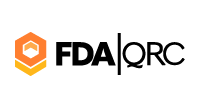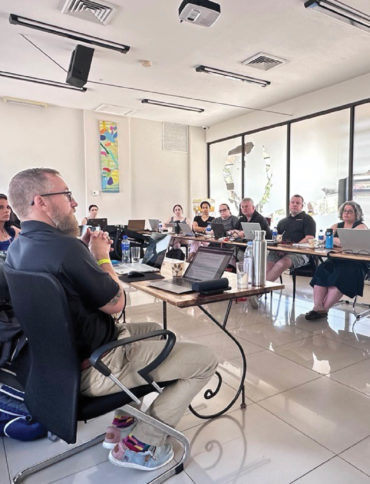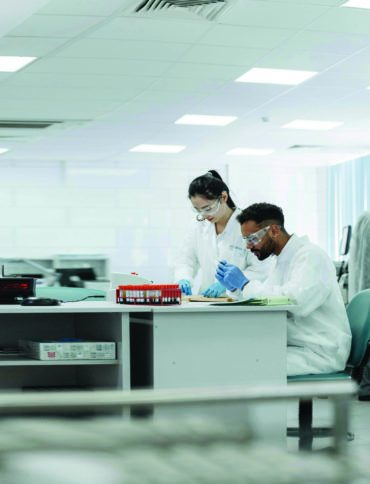Pharmacovigilance is a critical component of healthcare systems and pharmaceutical development companies that focuses on the detection, assessment, understanding, and prevention of adverse effects and other drug-related problems. The importance of pharmacovigilance has been highlighted by high-profile drug safety issues, emphasizing the need for comprehensive systems to monitor drug safety throughout their lifecycle.
Pharmacovigilance helps identify previously unknown adverse effects, enhances patient safety through minimizing the risks associated with medication use, and provides evidence-based information to healthcare professionals and regulatory agencies.
Pharmacovigilance activities are conducted throughout the pharmaceutical lifecycle (preclinical development, clinical trials, and post-marketing surveillance) to ensure drug safety. Preclinical studies evaluate the drug’s safety profile, clinical trials test its safety and efficacy in humans, and post-marketing surveillance intensifies pharmacovigilance activities to collect and analyze real-world data on drug safety.
Regulatory agencies, such as the Food and Drug Administration (FDA) in the United States and the European Medicines Agency (EMA) in Europe, are at the forefront of ensuring the safety and efficacy of medications used by millions of people worldwide. Pharmacovigilance allows them to monitor the safety of drugs on the market and take appropriate actions to protect public health. By collecting and analyzing data on Adverse Drug Reactions (ADRs), regulatory agencies can identify potential risks associated with specific medications and take measures to mitigate them. Continuous monitoring allows them to detect any previously unidentified risks and take actions, such as updating product labels or issuing safety communications. This proactive approach ensures that patients receive safe and effective treatments.










